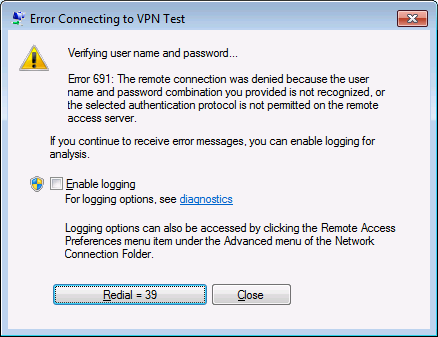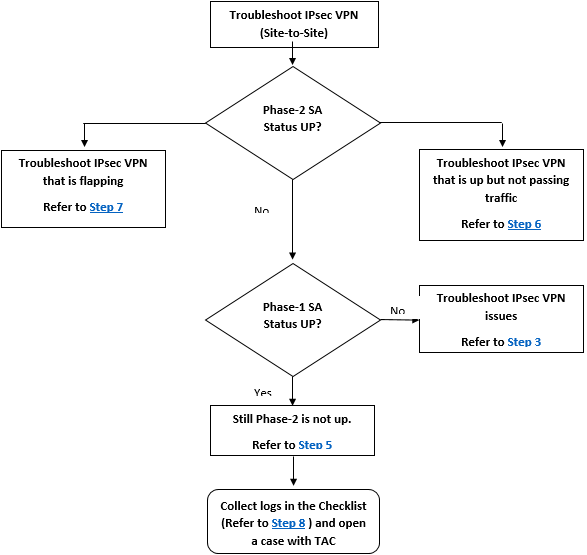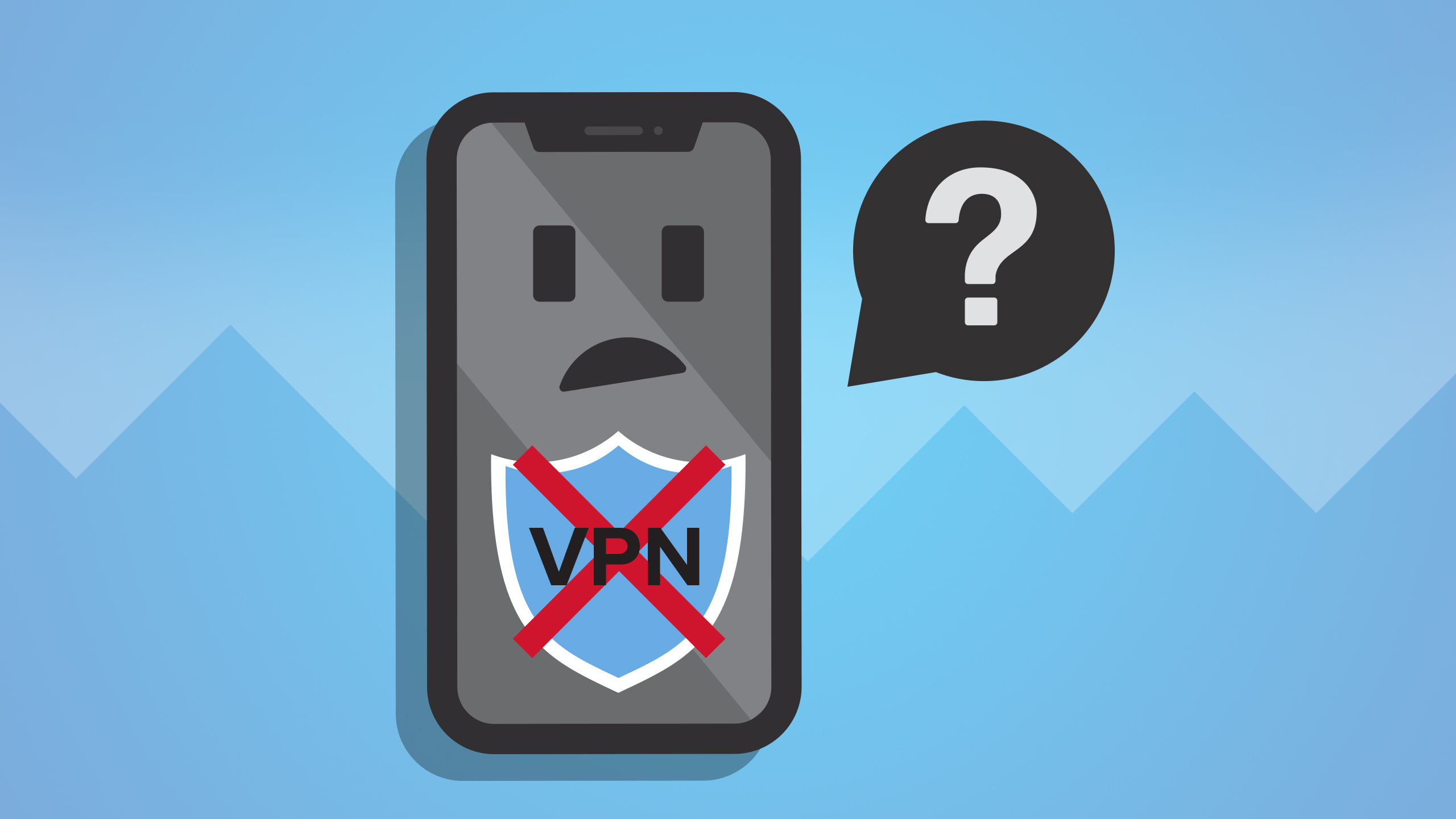Featured
Table of Contents
How To Troubleshoot Common Issues With Avg Secure Vpn

The Routing and Remote Gain access to snap-in lives within the Microsoft Management Console, understood as the MMC. There are multiple ways to access the MMC. You can select the console from the Start menu's Programs choices, within the Administrative Tools folder within Windows server's Control board or by typing mmc at a command prompt.
As Tech, Republic's Brandon Vigliarolo demonstrates within his video at the start of this short article, the Solutions console displays the status of the Routing and Remote Gain access to entry. From within the Providers console and with the Routing and Remote Access entry highlighted, you can click Start the Service or right-click the entry and select Restart.
In some cases the VPN client and VPN server are set to utilizing different authentication methods. Confirm whether an authentication mistake is the problem by opening the server console. Yet another technique of accessing the MMC is to type Control+R to open a command prompt in which you can type mmc and struck Go into or click OK.
If the entry isn't present, click File, choose Add/Remove Snap-in, choose the Routing and Remote Gain access to option from the options and click Include, then OK. With the Routing and Remote Gain access to snap-in included, right-click on the VPN server and click Characteristics. Review the Security tab to confirm the authentication method.
Vpn Troubleshooting Guide: 11 Steps To Solve Vpn Issues
Make sure the VPN client is set to the authentication method defined within the Security tab. Usually the products just examined are accountable for most VPN connection rejection errors. But other fundamentals should be proper, too. If the Windows Server hosting the VPN hasn't joined the Windows domain, the server will be unable to validate logins.
Each Web-based VPN connection generally uses two various IP addresses for the VPN customer computer system. This is the IP address that's utilized to establish the initial TCP/IP connection to the VPN server over the Web.

This IP address typically possesses the exact same subnet as the local network and therefore permits the customer to communicate with the local network. When you established the VPN server, you must set up a DHCP server to assign addresses to customers, or you can create a bank of IP addresses to appoint to clients straight from the VPN server.


If this option is chosen and the reliable remote gain access to policy is set to permit remote gain access to, the user will have the ability to connect to the VPN. I have actually been unable to re-create the scenario personally, I have actually heard reports that a bug exists in older Windows servers that can cause the connection to be accepted even if the efficient remote gain access to policy is set to reject a user's connection.
Vpn-related Problems And Solutions

Another common VPN issue is that a connection is successfully established but the remote user is not able to access the network beyond the VPN server. Without a doubt, the most common reason for this problem is that permission hasn't been given for the user to access the whole network. To permit a user to access the entire network, go to the Routing and Remote Gain access to console and right-click on the VPN server that's having the problem.
At the top of the IP tab is an Enable IP Routing check box. If this check box is enabled, VPN users will have the ability to access the rest of the network, presuming network firewalls and security-as-a-service settings permit. If the checkbox is not chosen, these users will be able to gain access to only the VPN server, however nothing beyond.
For instance, if a user is calling directly into the VPN server, it's generally best to configure a static route between the client and the server. You can set up a static path by going to the Dial In tab of the user's residential or commercial properties sheet in Active Directory site Users and Computers and picking the Apply A Fixed Route check box.
Click the Include Path button and then go into the location IP address and network mask in the space supplied. The metric ought to be left at 1. If you're utilizing a DHCP server to assign IP addresses to clients, there are a couple of other problems that might cause users not to be able to exceed the VPN server.
Troubleshooting Vpn Problems
If the DHCP server appoints the user an IP address that is currently in usage in other places on the network, Windows will discover the dispute and prevent the user from accessing the rest of the network. Another typical issue is the user not getting an address at all. The majority of the time, if the DHCP server can't appoint the user an IP address, the connection won't make it this far.
If the customer is appointed an address in a variety that's not present within the system's routing tables, the user will be unable to browse the network beyond the VPN server. Make sure the resources the user is attempting to access are really on the network to which the user is linking.
A VPN connection to the other subnet might, in fact, be needed. A firewall or security as a service solution could likewise be to blame, so don't forget to review those options' settings, if such components exist in between the VPN server and the resources the user looks for to reach.
The first possibility is that one or more of the routers included is performing IP package filtering. I recommend checking the customer, the server and any machines in between for IP package filters.
Latest Posts
The 6 Best Vpn Stocks To Buy Right Now For August 2023
The Top 10 Enterprise Vpn Solutions
Best Vpn Service 2023: Vpns Tested By Our Experts